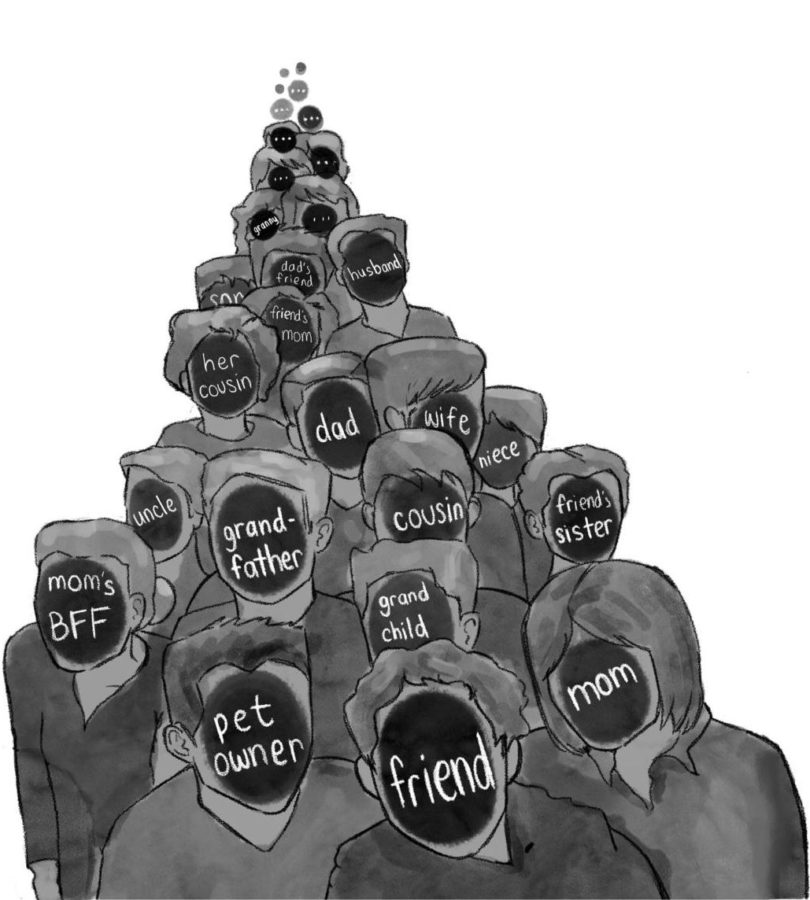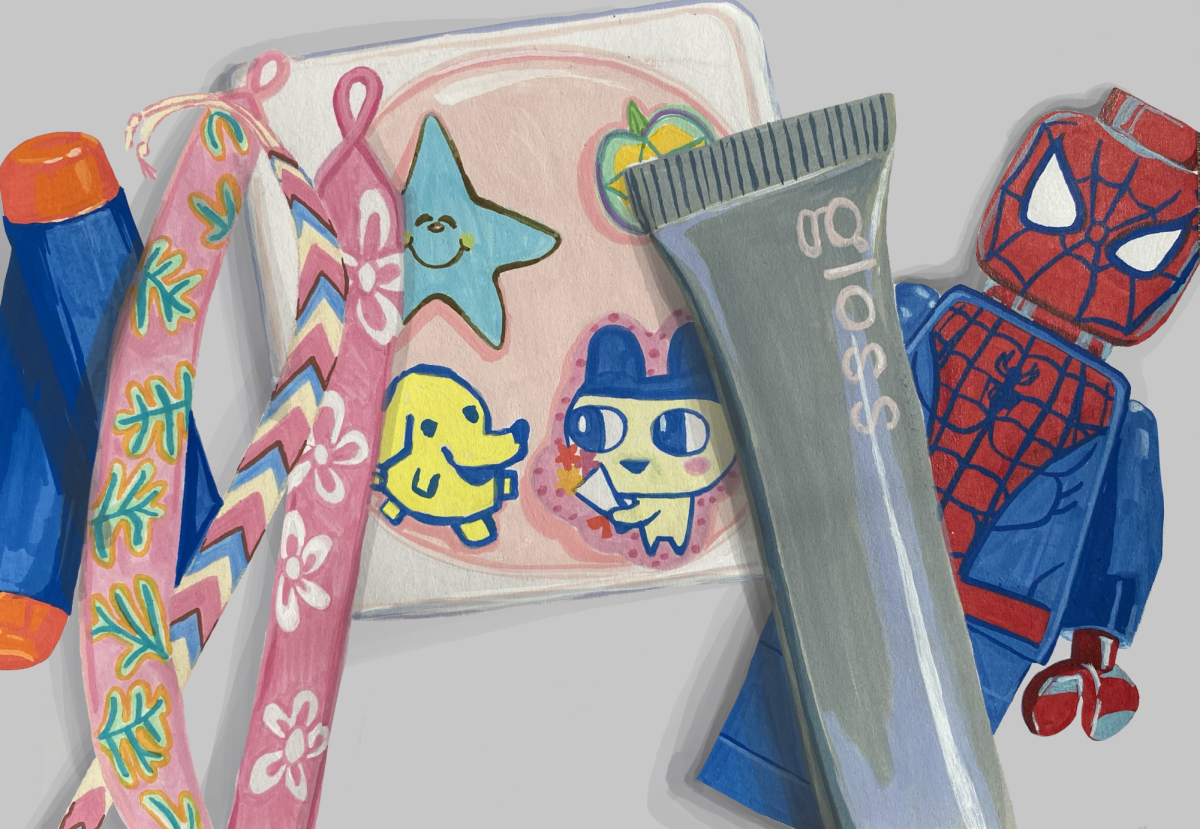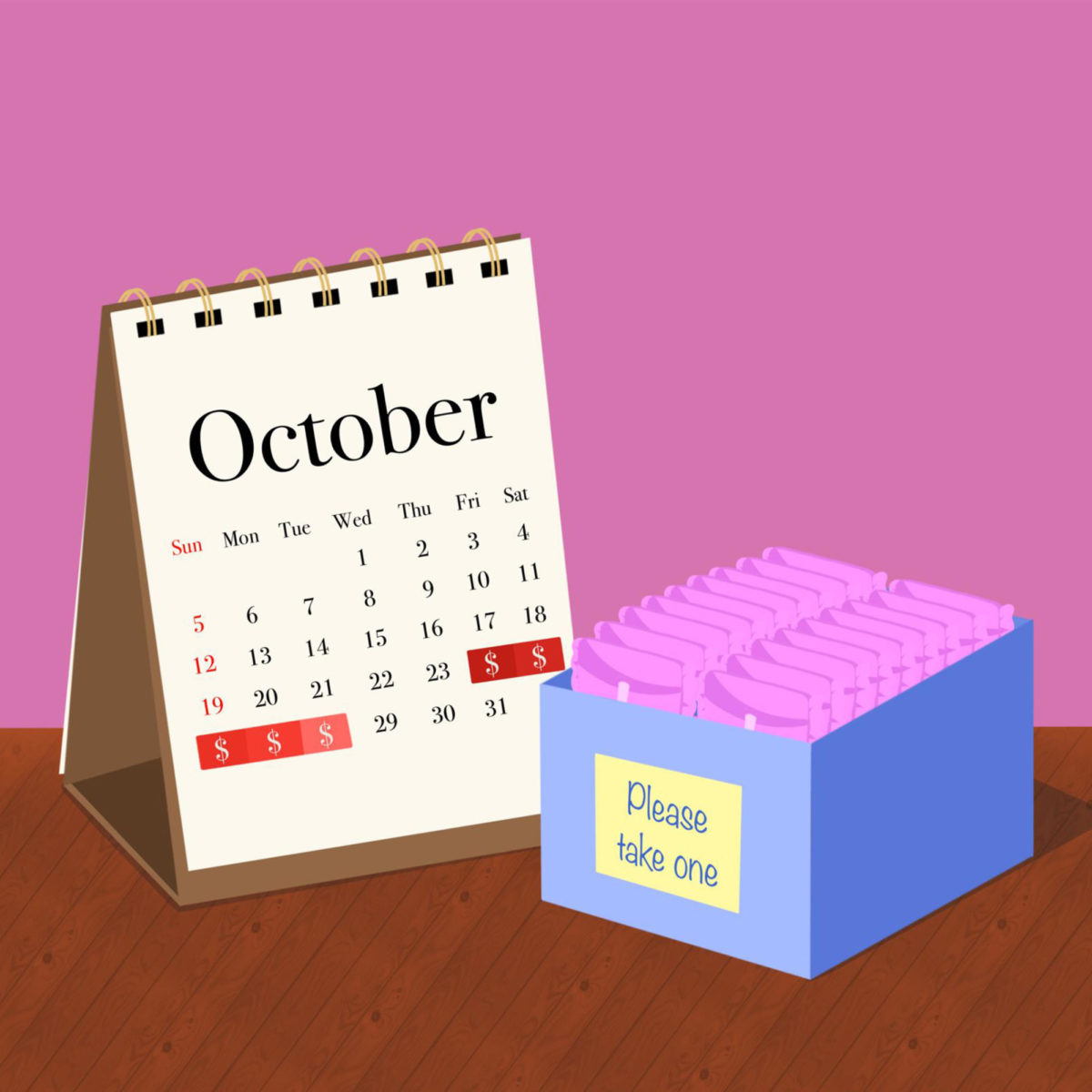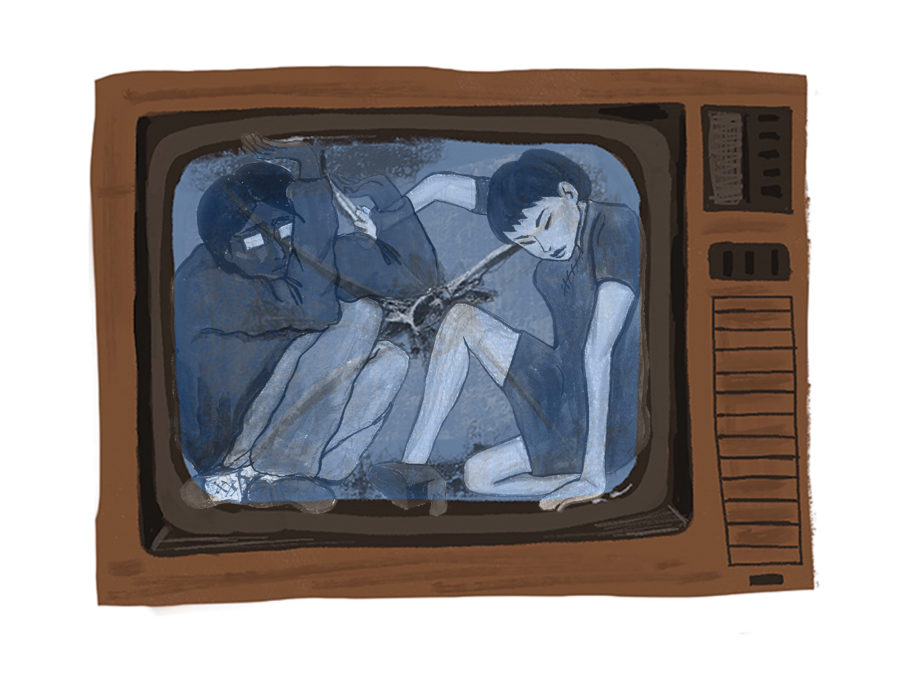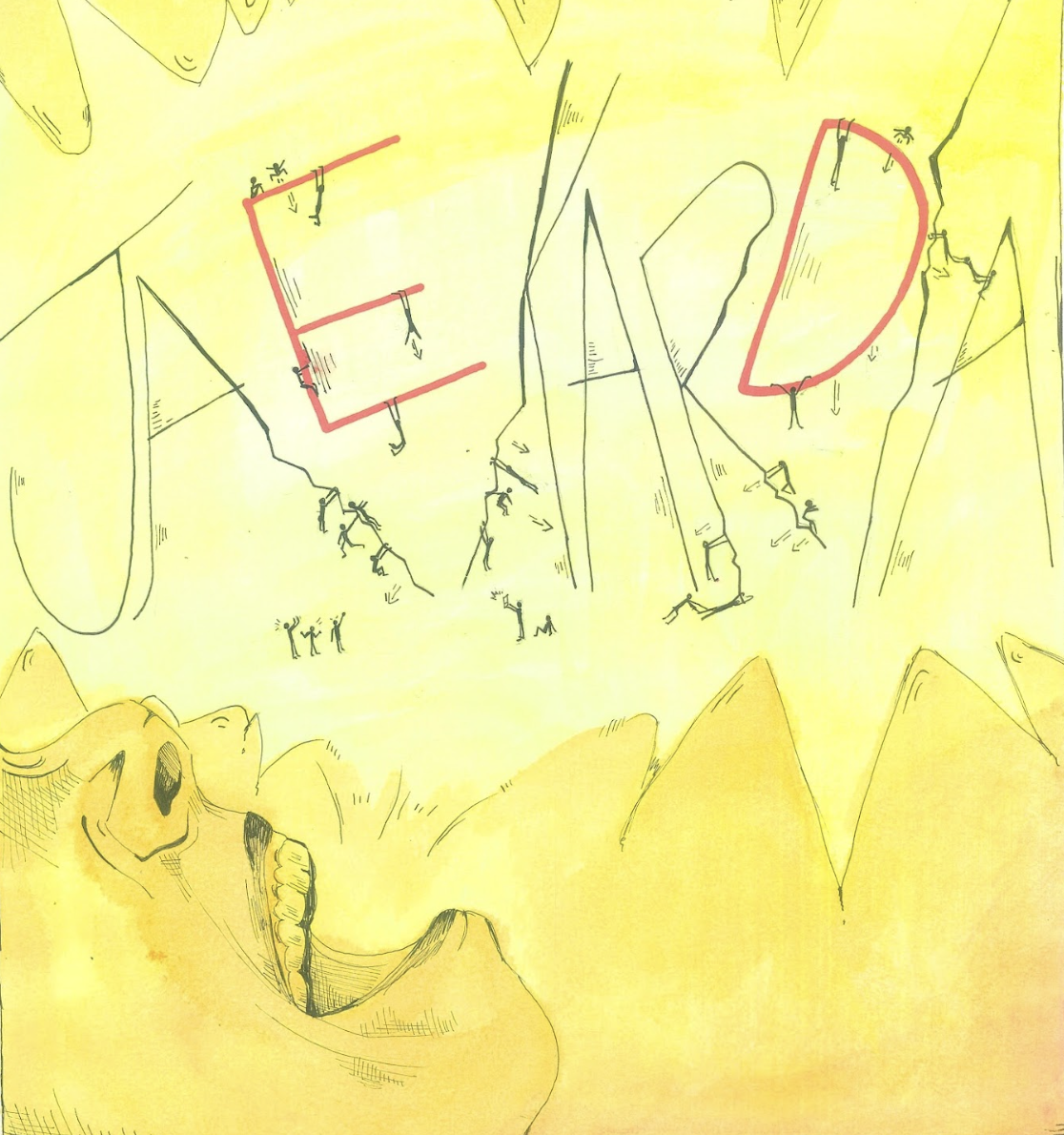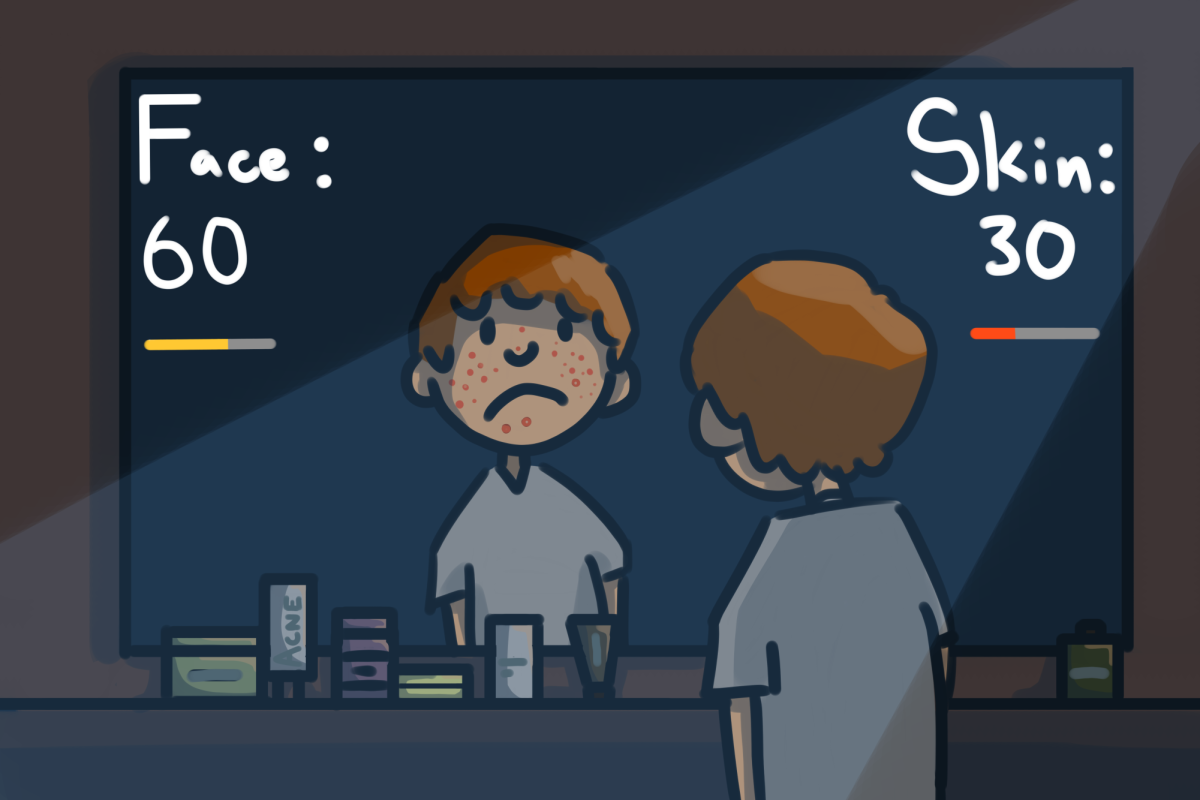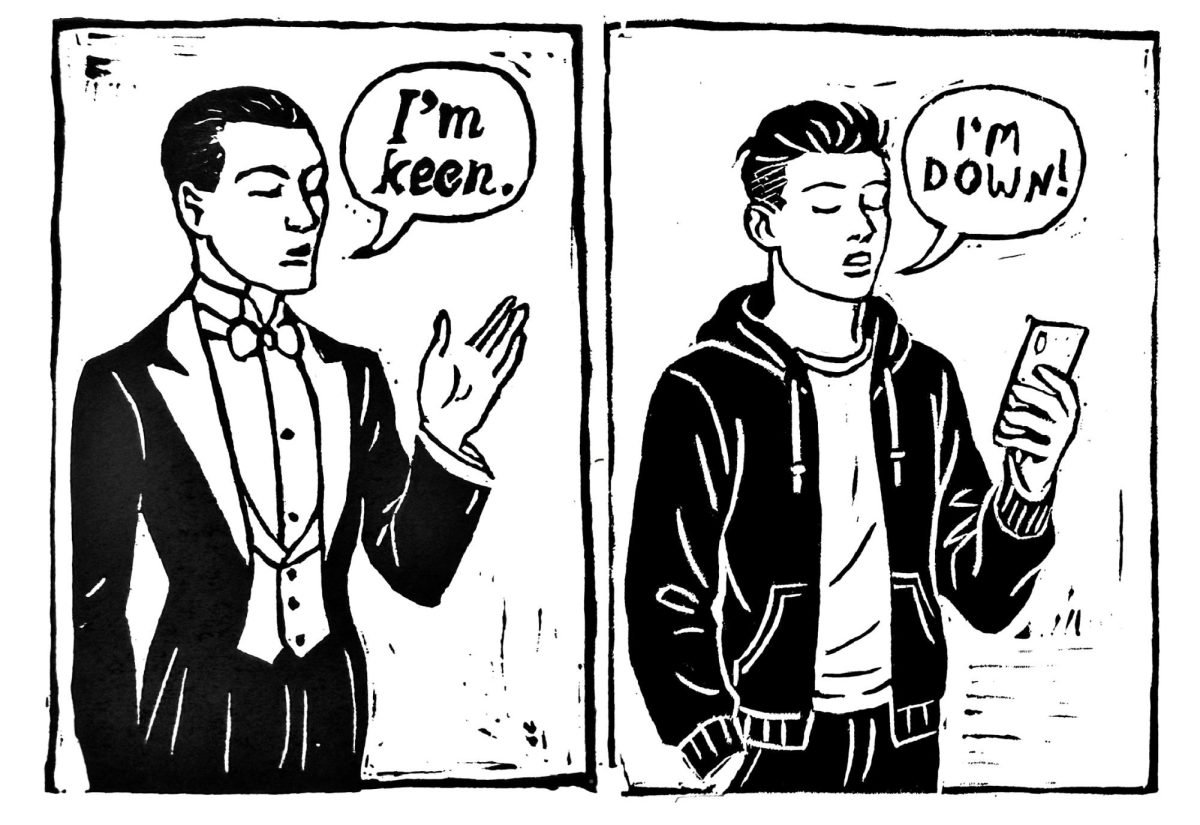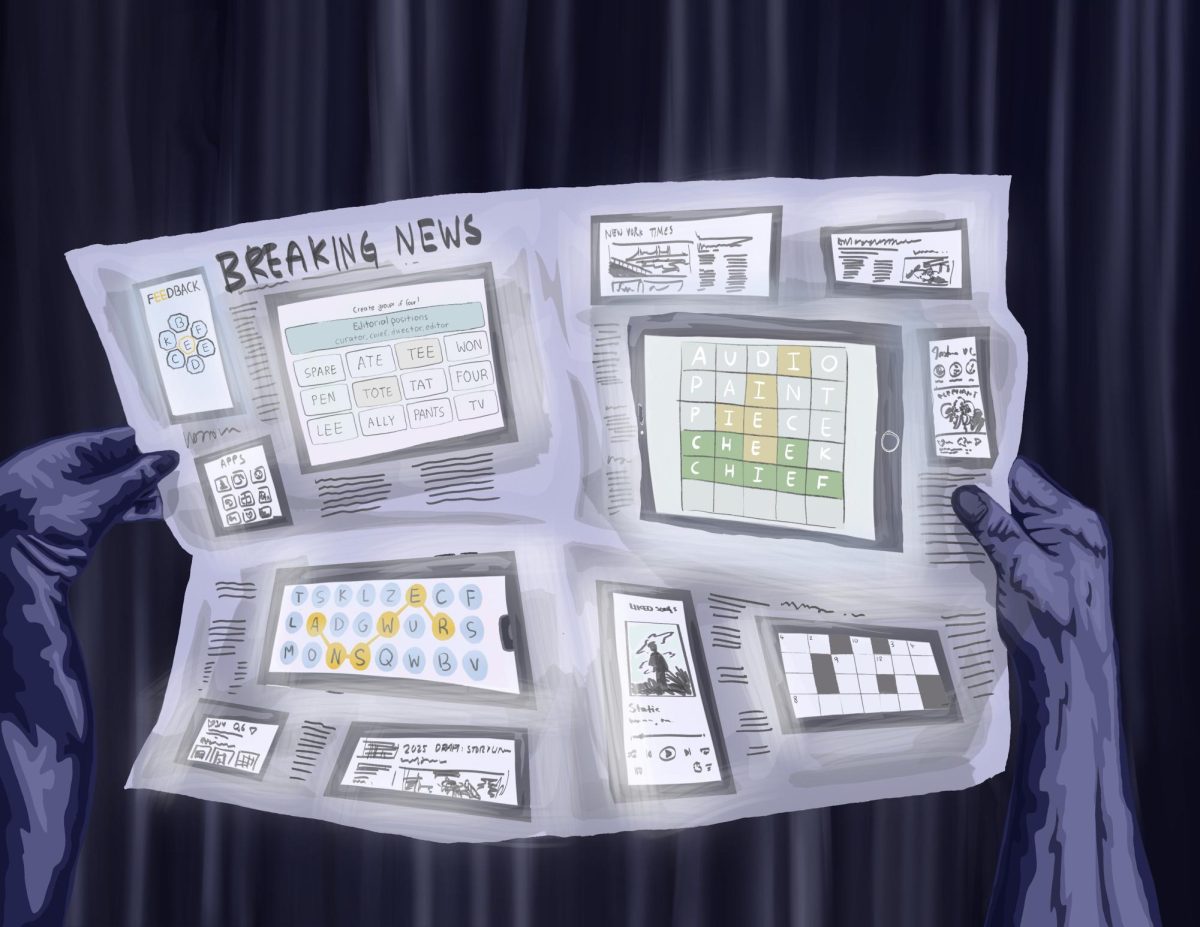In recent years, The New York Times Games have transitioned from a niche pastime for avid game enthusiasts to an established part of daily life. With the rise of digital platforms, online games have gained traction and become more accessible to a broader audience.
As the COVID-19 pandemic ensued, digital games swiftly became an integral part of daily routines, offering a sense of normalcy during uncertain times. The repetitive nature of these games often became a habitual activity for players.
Ironically, this embrace of word games marks a shift in perspective for The New York Times. Before the rise of digital word games, crossword puzzles gained widespread popularity across the nation in the 1920s. According to The Smithsonian, when they first swept across North America, The New York Times dismissed them as “a familiar form of madness” and the next fad after Mahjong.
As far as the journalistic establishment was concerned, crosswords were another trivial fad used as a substitute for quality editorials to keep readers entertained, similar to Buzzfeed quizzes in the 2010s.
However, what was once viewed as a fleeting distraction became recognized for intellectual challenges and ability to engage readers. Crosswords grew in popularity and cemented their place as a respected feature of daily publications, eventually becoming synonymous with The New York Times.
Arguably, the most notorious game from the publication is Wordle.This prominent guessing game garnered over two million users within three months of its release in October 2021. Josh Wardle, a software engineer in Brooklyn, developed Wordle as a tribute to his partner, a word game aficionado.
The online word puzzle prompts players to guess a five-letter word correctly within six tries each day. The swift rise in popularity of Wordle, leading to its acquisition by The New York Times for over $1 million in January, is not unprecedented.
The popularity of Wordle is attributed to its simplicity. Its straightforward rules make it accessible to a broad audience. The game introduces a daily challenge, creating a sense of routine and anticipation for players. Players frequently share their daily results on social media, fostering discussions and friendly competition, further integrating the game into popular culture.
As Wordle rapidly gained popularity, The New York Times responded to the growing interest of the audience by introducing new games such as Connections and Strands a year later. Connections challenge players to group 16 words into four sets based on common themes. Strands, a recent addition, combines aspects of Spelling Bee, and Mini Crossword tasking players with using every letter once to form words that match the theme of the puzzle.
The introduction of these games has significantly enhanced user engagement on The New York Times’s digital platform. Word games such as Wordle, Connections, and Strands provide entertainment and cultivate a sense of community among players who often share their progress and solutions online.
These games bridge traditional news consumption with interactive entertainment, drawing in diverse audiences who might not otherwise visit the platform. Engaging users in challenges prompts readers to spend more time exploring the broader range of content the New York Times has to offer.
This shift toward integrating games into its offerings revitalizes the publication and attracts a younger demographic increasingly seeking interactive and engaging content.
As word games continue to captivate audiences, they enrich the daily routines of players and reinforce the role of The New York Times as a pioneer in blending informative and recreational content. Their appeal illustrates the ability to adapt and thrive, ensuring relevance in modern-day media.



